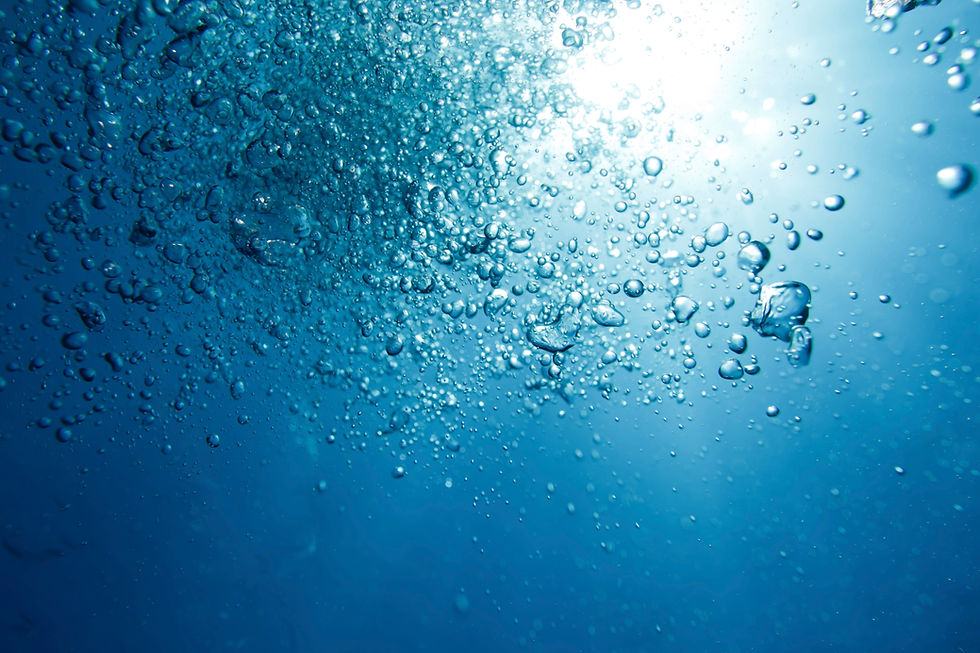Balancing water conservation with water hygiene
- SDGAssist.Com
- May 3, 2022
- 3 min read
Reducing water consumption is a global imperative however awareness is required to ensure that this is not done at the expense of good water hygiene.

Reducing your water consumption will help deliver multiple benefits to your organisation and wider society - you will directly reduce water supply costs and sewage disposal costs. You will reduce your energy consumption, delivering resultant cost savings and you will reduce the carbon emissions that result from the treatment, pumping, heating or cooling of your water. Add to this the risks related to a growing population and diminishing water supplies and it is clear to see why water conservation is a key component of many sustainability action plans.
Bacterial growth rates are a product of the waters temperature and how long it is stored for. Water conservation can negatively impact both of these factors.
There is however a negative consequence of water conservation that your need to be mindful of, that is water hygiene. Many buildings store a volume of after in large water tanks, which serve the daily needs of the building users. This water is pumped around the building and provides a reliable, high quality supply to kitchens, pantries, sinks and showers. Many bacteria are naturally occurring and are occasionally present in the water that is supplied to your premises in very low numbers, the bacterial growth rate is a product of the temperature of the water and how long it is stored for. Water conservation can negatively impact both of these factors.
Let us consider an example, before any water conservation measures have been supplied. Ideally you would store a maximum of 24 hours worth of water in your water tanks, which is being regularly used and topped up with fresh water through out the day. The water coming into you premises is likely to be at a temperature at which bacteria will not thrive, this is ideally below 20oC. With the regular use and replenishment of water throughout the day water is not stored for long enough to gain heat from its surrounding area and rise to within the bacterial growth range of 25-45oC. Bringing these these two elements together, the water stays cool to limit bacterial growth and is used fast enough that insufficient time exists for growth of any magnitude to occur.
Now consider the impact of a water conservation programme, lets assume you achieve a water saving of 50%. Previously your store of water was big enough to last 24 hours, if you are now using half this volume of water you can expect the stored water to last twice as long, ie 48 hours. The first risk factor of how long the water is stored for has doubled, bacteria now has twice as long to multiply. The second risk factor of the water temperature is similarly impacted. The water enters your building at 20oC, the ambient temperature of the location of the water tank is likely well above that, most often the plant rooms where these tanks are installed do not have the benefit of air-conditioning. With the water being stored for longer, in a warmer environment the temperature of the water will rise and may well reach a level that supports bacterial growth. The temperature is further impacted by having lower volumes of water replenishing the tank during the day, meaning less cold water is being added to help keep the temperature of the stored water low. When considered together it is easy to see that the reduction of water consumption hampers your ability to maintain acceptable water hygiene.
Mitigating the risk
many facilities maintain a water risk assessment and / or a water management plan. Too often these are conducted at the required frequency, filed and forgotten.
There are a number of steps you can take to mitigate the effects of a reduced water consumption. The first and most obvious is to try and reduce the volume of water you store, proportionately to the reduction of water consumption you are making. If you have halved your water consumption you should aim to halve your water storage.
The second step may be less immediately obvious, many facilities maintain a water risk assessment and / or a water management plan. Too often these are conducted at the required frequency, filed and forgotten. If you are making significant changes to your water infrastructure, or how you are using it, you are recommended to revisit your water risk assessment and your water management plan to ensure they remain fit for purpose.
As with all things that could impact the health of your buildings users or the business continuity of the building, if you are in any doubt you are recommended to seek professional guidance, you may well already have a water treatment / hygiene specialist, make sure they are aware of the changes you are making and advising you accordingly.


Comments